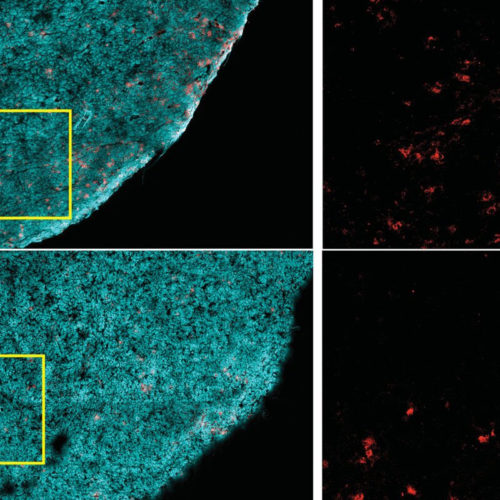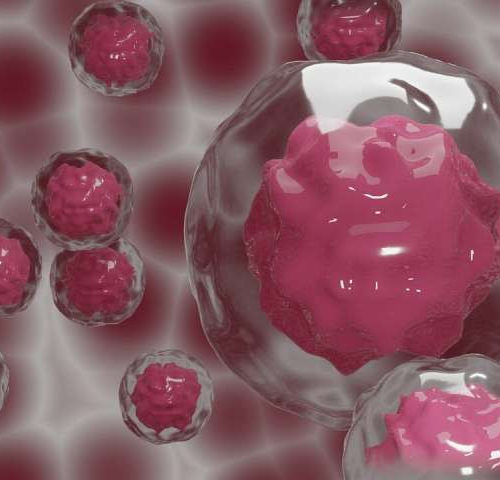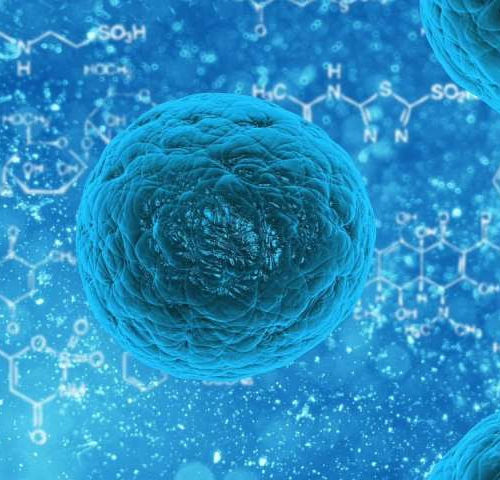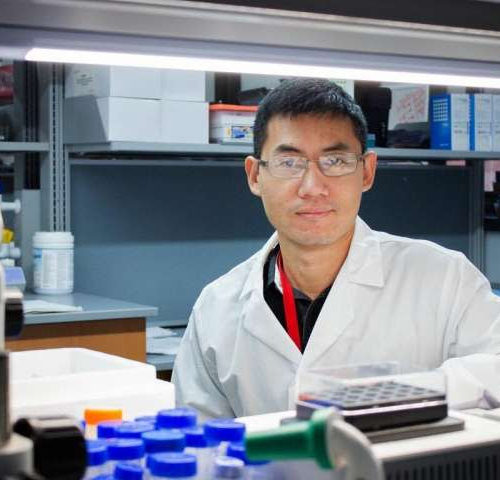By Michael Irving; December 09, 2020 Levels of CD8+ T cells (red) in tumors (cyan) appear to be higher in mice on lower-fat diets (top row) than those on high-fat diets (bottom row)Ringel et al Obesity has long been linked to cancer, but the complete picture still eludes scientists. Now, a new study from Harvard...
Blocking protein restores strength, endurance in old mice, study finds
by Stanford University Medical Center miceCredit: CC0 Public Domain Blocking the activity of a single protein in old mice for one month restores mass and strength to the animals’ withered muscles and helps them run longer on a treadmill, according to a study by researchers at the Stanford University School of Medicine. Conversely, increasing the...
The immunomodulatory activity of a drug would improve the efficacy of immunotherapy in breast cancer
by The Spanish National Cancer Research Centre Credit: CC0 Public Domain Despite the success of immunotherapy in the treatment of cancers such as lung or melanoma, it is still not effective in breast cancers for being ‘cold’, with low infiltration of immune cells. Tumors use strategies to evade immune surveillance by reducing the infiltration of cells that could...
A potential therapy for one of the leading causes of heart disease
GLADSTONE INSTITUTES SAN FRANCISCO, CA–December 10, 2020–Calcific aortic valve disease is not only the most common valve disease in the elderly, it’s also the third leading cause of heart disease overall. For those affected, calcium starts to accumulate in their heart valves and vessels over time, until they harden like bone. As a result, blood...
Researchers find that CD8 T cells remain in the bloodstream, do not enter organs and other tissues
by University of Pennsylvania Credit: CC0 Public Domain Immune cells called “killer T cells,” also known as cytotoxic or cytolytic CD8 T cells, normally stay in the bloodstream and do not enter organs and other tissues, according to a new study from scientists in the Perelman School of Medicine at the University of Pennsylvania. The discovery,...
Genetic differences important in Alzheimer’s diagnosis
by Karolinska Institutet Schematic illustration of how brain imaging resp. cerebrospinal fluid measures the accumulation of amyloid protein. Credit: The research team. The two used methods for detecting amyloid pathology in Alzheimer’s disease do not give unambiguous results, with the risk of incorrect or delayed care interventions. Now, researchers at Karolinska Institutet in Sweden have found genetic explanations for the...
Scientists build whole functioning thymus from human cells
by The Francis Crick Institute Credit: CC0 Public Domain Researchers at the Francis Crick Institute and University College London have rebuilt a human thymus, an essential organ in the immune system, using human stem cells and a bioengineered scaffold. Their work is an important step towards being able to build artificial thymi which could be used as...
Brown fat: Implications in obesity
by Masonic Medical Research Institute The Lin Lab at the MMRI, quantified the number of brown fat cells present in newborn animals. For years, researchers have argued over whether brown fat continues to grow after birth. Dr. Lin and his team have become the first to prove that it does. Credit: Masonic Medical Research Institute Brown fat, also known as brown...
Rewiring stroke survivors brains could alleviate depression
UNIVERSITY OF SOUTH AUSTRALIA IMAGE: LARGE DOSES OF REPETITIVE TRANS CRANIAL MAGNETIC STIMULATION SIGNIFICANTLY IMPROVE POST-STROKE DEPRESSION. CREDIT: UNISA University of South Australia researchers have made a major breakthrough in the treatment of depression after stroke, using a high frequency brain stimulation device to improve low moods. A trial led by UniSA stroke researcher Dr Brenton Hordacre...
Vitamin D the clue to more Autism spectrum disorder in boys
UNIVERSITY OF QUEENSLAND A deficiency in Vitamin D on the mother’s side could explain why Autism spectrum disorder is three times more common in boys, say researchers from The University of Queensland. In their latest study, Professor Darryl Eyles and Dr Asad Ali from UQ’s Queensland Brain Institute found vitamin D deficiency during pregnancy caused an increase in testosterone in the developing brain of...








